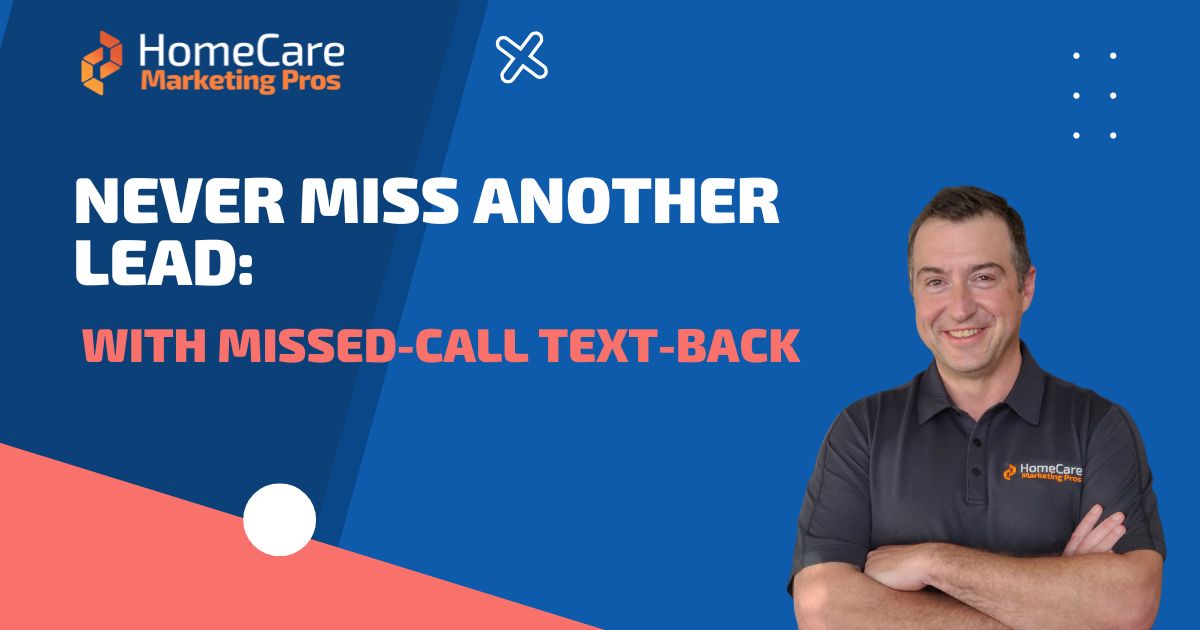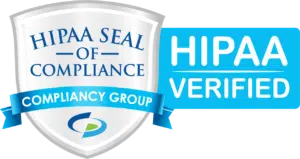Embracing Recruitment Marketing Automation: A Turning Point for Senior Home Care
The latest in recruitment automation can make hiring faster, less expensive, and just more enjoyable

Much in the way marketing automation has changed the way home care sales is done—and expanded its opportunities—marketing automation has also changed the ways employers recruit, hire, and retain top talent.
Automation technology makes it possible to write job descriptions, stack-rank top applicants, and even prevent qualified candidates from leaking out of your talent pipeline with minimal human input. Investing in automation flows just makes the process easier and lets your recruiters and hiring managers put their expertise to work, giving personal attention to ideal caregiver candidates.
Should you bother with recruitment automation?
Recruitment marketing is becoming table stakes in many industries, and in home care, where there is an alarming labor shortage, agencies must be prepared to make their best pitch to caregivers, then move top applicants through the funnel quickly and smoothly.
Senior care agencies are also competing with other employers in the healthcare or industry, so potential caregivers and staff can easily go looking elsewhere, or be scooped up, if the hiring process is uninspiring. Recruiting must be appealing and swift.
How recruitment automation has changed senior care recruiting
Automation can improve every stage of the recruiting process, from sourcing to onboarding.
Candidate sourcing
- Write better job postings. Generative AI tools can help you get started writing job descriptions, so you can get going faster. Some can even review your language to make sure it’s inclusive, so you’re not accidentally alienating great hires.
- Post open positions to multiple job boards in one go. This is a form of automation you may already be using: Tools like ZipRecuiter can take a single posting and distribute it to career sites all over the web, then consolidate applications in a single place.
- Filter out unqualified applicants early. Applicant tracking systems (ATS for short) can administer “knock-out” questions early in the application process so your recruiters (and job seekers) don’t waste their time trying to find a match in vain.
- Sort applicants and even stack-rank them based on ideal qualifications. ATS can analyze thousands of applications and pull ideal resumes to the top of the stack. These systems have come a long way from simply word-searching, yet people may still be better than a machine at picking our nontraditional candidates with great potential and valuable transferable soft skills.
- Prevent candidate attrition by tracking patterns in applicant behavior, so you can spot great ones who are likely to drop out of the process (and win them back).
- Increase diverse representation in your workforce. See, at a glance, key demographics and skills are missing from your current funnel so you can enrich your talent pool.
Interviewing and hiring
- Automatically move candidates to the next stage of the hiring process or send rejections to candidates who don’t qualify. Automation lets you do this quickly and kindly so job seekers aren’t left to wonder what became of their application. This means you can prompt green-light candidates to schedule a phone screening, provide references, or answer outstanding questions.
- Schedule interviews. Simple scheduling tools let candidates pick a time to interview—no need to play dueling datebooks to find a time when both recruiter and candidate can meet.
- Asynchronous interviewing (sometimes called one-way interviewing) can help hiring managers get more information on a candidate without scheduling a call. Candidates record their answers using their computer or smartphone, and your organization can review whenever it’s convenient.
- Do your due diligence. Some recruitment automation tools can run background checks, check past employment, and verify licenses and educational history.
- Conduct multilingual interviews with real-time translation tools—no need to hire a human translator.
Onboarding
- Outsource the paperwork to recruitment automation. Much of the tedious paper-pushing that goes on during onboarding—the tax forms, payroll, and healthcare enrollment—all of that can be easily and securely accomplished with some simple workflows. (Emphasis on securely.)
- Conduct agency-specific training using virtual modules that let new hires, and current ones, learn on their own time. Your senior care recruiters and clinical management staff can build curricula, check learner progress, and prompt new courses.
- Consolidate candidate onboarding tasks into a single place, making it easier for new hires to check off onboarding tasks, ask questions, and reference materials later, while your agency can track progress simply and in real-time.
A word to the wise home care recruiter
Artificial intelligence is already changing the way companies hire new workers, and it has the potential to transform it over the next few years. However, home care recruiters should proceed with cautious optimism.
No technology is without flaw, and AI tools are only as good as the data fed to them. Talent acquisition teams should also be aware of legislation that requires companies to disclose when AI is being used in employment decisions.
Ready to take your senior care recruiting to the next level?
Home Care Marketing Pros' recruiting automation is here to boost your home care agency's growth and get you the caregivers you need! Learn more by watching our 1-minute walkthrough.













